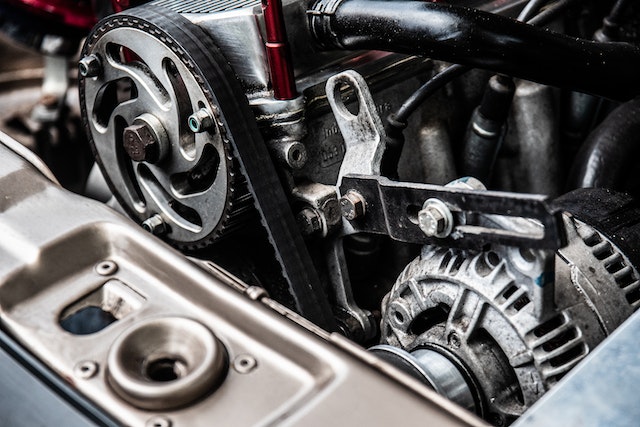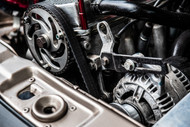What Happens If You Don't Replace Your Timing Belt?
21st Feb 2023

Is your vehicle overdue for a new timing belt? Of all the different automotive belts, none are more important than the timing belt. It synchronizes the camshaft with the crankshaft so that they move at the right "time."
Timing belts will wear out over time. Neglecting to replace your vehicle's timing belt can cause a myriad of problems, some of which can leave you stranded on the side of the road.
Non-Interference vs Interference Engines
Automotive engines can be classified as interference or non-interference depending on the position of the valves and pistons. In non-interference engines, the valves don't open or extend into the same space as the pistons. Rather, the valves and pistons have their own separate space.
In interference engines, the valves extend into the same space as the pistons. This is designed to allow fuel to enter and leave the engine more easily, resulting in a higher compression ratio. The downside to interference engines, however, is the potential for catastrophic engine damage in the event of a failed timing belt.
Timing Belt Failure and Interference Engines
If you drive a vehicle with an interference engine, you'll need to follow the automaker's recommendations regarding the timing belt. Some automakers recommend changing the timing belt every 60,000 miles, whereas others recommend changing the timing belt every 100,000 miles. Regardless, neglecting to change the timing belt with an interference engine can lead to catastrophic engine damage.
Timing belts typically fail by snapping. Upon snapping or otherwise breaking, the crankshaft will keep spinning but the camshaft will stop. The pistons will then move up and down while potentially striking the valves in the process.
Timing belt failure can cause the following types of damage with an interference engine:
- Bent valves
- Bent pistons
- Cylinder wall damage
- Cylinder head damage
What About Timing Chains?
It's important to note that some vehicles have a timing chain rather than a timing belt. Timing chains serve the same purpose of synchronizing the camshaft with the crankshaft as their counterparts. The difference lies in their construction.
Timing chains are made of metal chain links. Timing belts, on the other hand, are made of a softer material, such as rubber, polyurethane or neoprene. With their metal chain link construction, timing chains last longer than timing belts. But both timing belts and timing chains should be replaced to protect against catastrophic engine damage.

